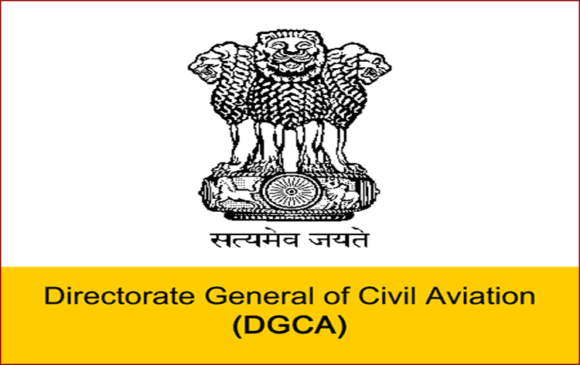
Boeing HQ
The annual Boeing Pilot and Technician Outlook was released at Oshkosh earlier this week, and shows substantial continued demand for new pilots, technicians, and flight attendants over the next 20 years. Boeing is predicting a need for 602,000 new commercial pilots worldwide, 610,000 aircraft technicians, and 899,000 flight attendants through 2041.
These 2.1 million professionals represents a 3.4% growth over 2021 for the forecasted regions, which this year excludes Russia due to economic sanctions. China, Europe, and North America represent over half of the total personnel demand. The fastest growing regions are Africa, Southeast Asia, and South Asia, with those three regions expected to grow at more than 4%.
The following graphic from the Boeing Pilot and Technician Outlook shows the demand for the 2,111,000 personnel required by region:

The detailed numbers by region are shown in the following table:
Chris Broom, Vice President of Commercial Training Solutions at Boeing Global Services, briefed the media at Oshkosh on the forecast. He stated “as the commercial aviation industry recovers from the pandemic and plans for long-term growth, we anticipate a steady and increasing demand for aviation personnel, as well as the ongoing need for highly effective training,” said Chris Broom, vice president, Commercial Training Solutions, Boeing Global Services.
Chris went on to indicate that the demand forecast is only half of the equation, and that increasing supply to meet that demand is the challenge for the industry. Boeing is working on advanced training technologies, including competency-based training, to ensure that instructors and pilots are aware of strengths, deficiencies, and are able to concentrate on improvements focused to the individual pilot level to improve the efficiency and effectiveness of flight training.
Increasing the supply of pilots will also require unique financial solutions, as training to become a pilot is as expensive as a university degree, but may not qualify for federal student loan programs. Boeing is actively participating in programs to increase diversity in aviation, recognizing that a lack of role models and financial resources present potential roadblocks to be overcome in attracting new candidates to the industry.
With strong employment demand and innovative programs being developed on the supply side, the industry is focused on reducing the pandemic-induced supply-demand imbalances and ensuring continued opportunities for those seeking a job in aviation. Boeing’s full 2022 Pilot and Technician Outlook can be found here.
Views: 5




